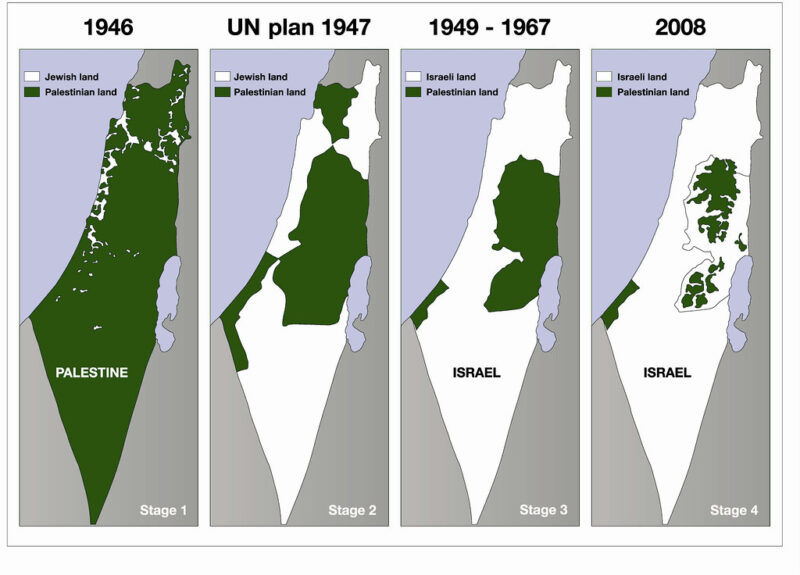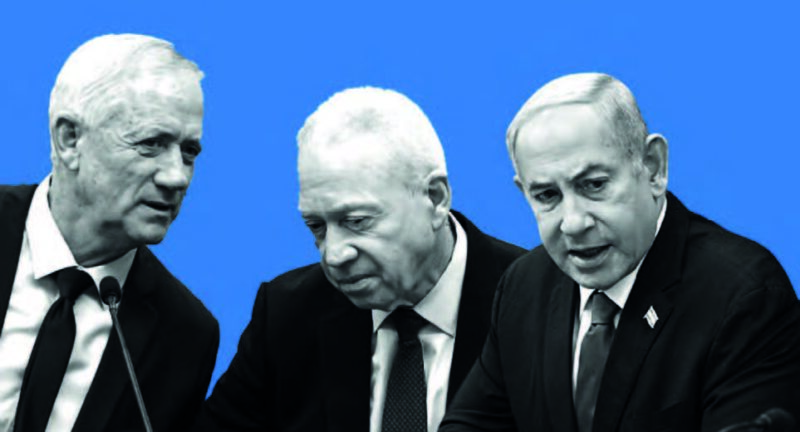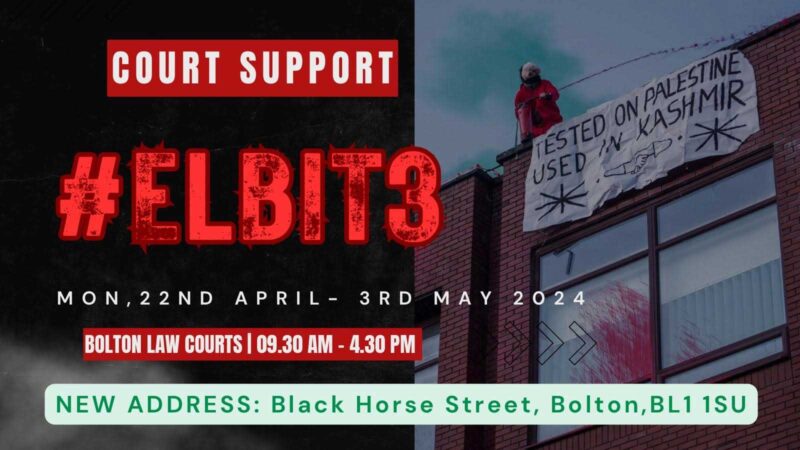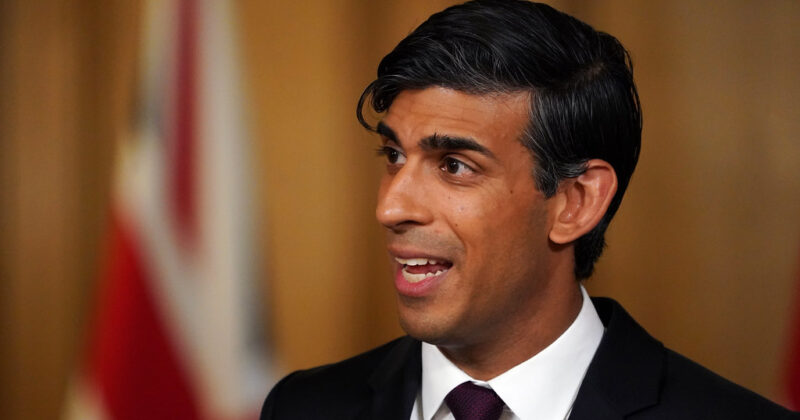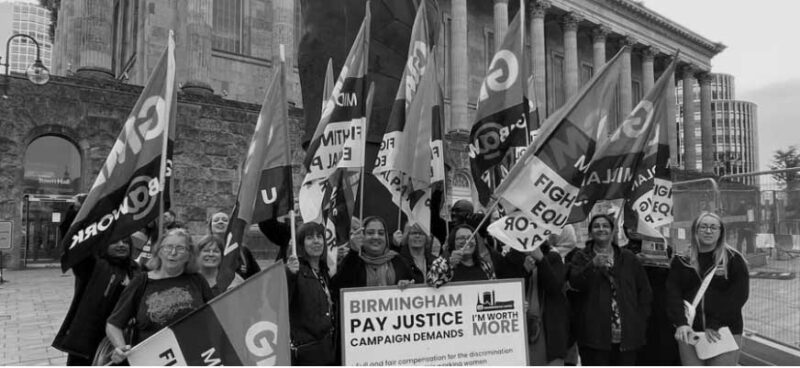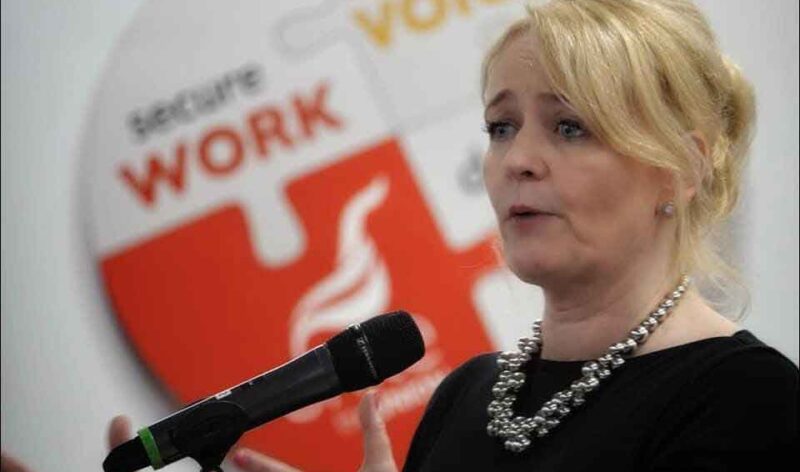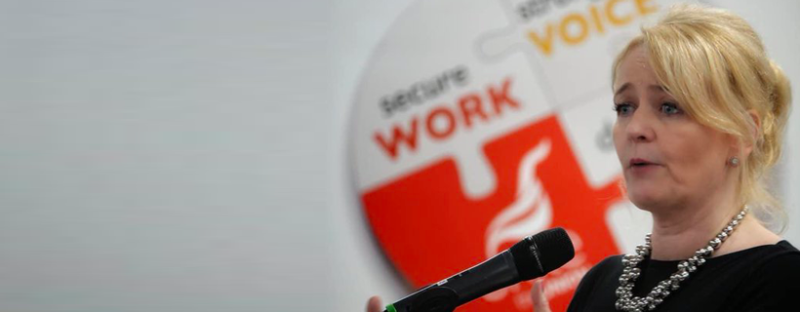Jerry Hicks’ supporters found Grass Roots Left in Unite
A national conference of around 50 trade union activists saw the official launch of the Grass Roots Left, a rank and file grouping based in Unite, earlier this month. Unite member Marcus Halaby reports.
 The conference was intended to follow up on last year’s election campaign for the post of General Secretary of Unite, the country’s biggest trade union. In this election, rank and file union activist and former Convenor at Rolls Royce in Bristol Jerry Hicks came second behind Len McCluskey, the candidate of the official “United Left” caucus and most Unite full-time officials.
The conference was intended to follow up on last year’s election campaign for the post of General Secretary of Unite, the country’s biggest trade union. In this election, rank and file union activist and former Convenor at Rolls Royce in Bristol Jerry Hicks came second behind Len McCluskey, the candidate of the official “United Left” caucus and most Unite full-time officials.
Hundreds of rank and file campaigners, riding on a tide of anger at the effects of the newly-elected Tory government’s threatened cuts, managed to deliver over 50,000 votes for Hicks against 100,000 for McCluskey, beating two Assistant General Secretaries, Gail Cartmail and right-winger Les Bayliss in the process.
Since then, seven hurriedly assembled GRL candidates won a combined 23,000 votes in the recent NEC elections, narrowly missing out on a seat.
Conference
The conference did well to pull together a sizeable number of Unite shop stewards and activists from across the country, but the turnout was smaller than was hoped. There were over 120 apologies from activists and even whole branches, like Swindon Honda.
As a result, conference deferred a decision on the new organisation’s constitution, aims and objectives, which had been prepared by the GRL London group. This was a shame, because the Coalition’s huge cuts programme and the urgent need for coordinated and sustained strike action are daily calling for a new type of left in Unite, one based on the rank and file and independent of all wings of the bureaucracy.
The draft constitution, which was in part drawn up by Workers Power supporters, calls for “rank and file control over all negotiations and industrial action” and “defiance of the anti-union laws, wherever they are invoked” – essential in disputes like the botched BA cabin crew fiasco.
Crucially, it calls for strikes and occupations “with the backing of the officials when possible, without them where necessary”. This breaks with the Broad Left tradition of simply electing left officials in the hope that this will transform the unions and instead challenges the whole bureaucratic set-up with independent grassroots action.
Read the whole draft constitution here.
Where next?
There was opposition to the draft platform and constitution. David Beaumont, editor of the whistle-blower website dearunite.com, had proposed amendments to these, arguing for a structure more appropriate to an electoral machine than to a rank and file movement.
The real questions must be debated out in full at a recall conference in six months’ time: what is Grass Roots Left for? Is it another “Broad Left”, like the United Left, only with more radical politics? Or is it a network where rank and file Unite members can organise for action – both in the workplace and in the broader anti-cuts movement – not as a substitute for the union’s own official structures, but with the ability to act independently where the officials act as an obstacle to struggle?
This is not a dry discussion, but a living question. Right now, we can see Unite moving cautiously and hesitantly to the left. Len McCluskey has fought for co-ordinated strike action at the TUC general council and is balloting Unite healthworkers for action on 30 June. He has called for Unite branches to join local anticuts committees and affiliated the union to Coalition of Resistance. In the last week, the newly elected NEC has adopted new policy calling on Unite sponsored councillors and MPs to vote against all cuts, encouraging all branches to take industrial action against cuts – with other unions where possible, on their own where necessary – and urging members to “protest and show solidarity as far as they” whenever other unions are on strike.
See full Unite NEC statement here.
Build rank and file network
No doubt, the good election results that the GRL has achieved are testimony to the fact that the union’s active members – the 10-20% who attend meetings, vote in elections and support demos and pickets – are moving to the left as they attempt to get the union into shape to resist the cuts. The new General Secretary and NEC’s pronouncements also reflect this.
But talk is cheap. The same United Left bloc that dominates the new NEC and drafted this excellent policy are currently selling out the BA Cabin Workers dispute. The GRL must support every correct, left move that the United Left makes, while mercilessly criticising every sell-out, every hesitation, every crime that it commits. That way, the United Left bloc will split – between those who want to fight every cut and those who merely want to pass resolutions.
How can we do this? By building local GRL groups, like the London one, that meet regularly, discuss problems and areas where the militants could intervene and agree on action. They need to develop websites and bulletins. They need to – just like they did on the recent NHS demo in London –leaflet Unite members in action and sign the best activists up to the network.
In this way, we will be in the best position possible to win the argument at the recall conference that it is possible to establish a new type of left in the union – by having shown in practice what it can achieve.

